90% of people think making coffee with a Moka Pot is simple. And that they do it with good technique. In reality, though, we need to break decades-old habits:
- rusty Moka Pots,
- tap water,
- unnecessarily tampered,
- and wrongly ground coffee.
So, what is a Moka Pot, and how to use this excellent coffee maker?
What is a Moka Pot?
Moka Pot is a stovetop coffee maker that can brew characteristic coffee for you – but without the crema.
Similar in mechanics to a percolator, a moka pot comprises three main sections.
- The lower chamber holds the water,
- while the upper chamber serves as the destination for the final coffee output.
- Sandwiched between them is the filter basket, meant for ground coffee.
The process is easy: the water in the lower chamber heats up, creating steam and increasing pressure in the system. The water then rises, passing through the filter basket and saturating the coffee grounds.
Over time, the top section transforms. It begins as an empty container and becomes a receptacle for freshly brewed coffee. The liquid goes from the bottom to the top within a few seconds (if you made the proper preparation). The once-empty upper chamber now emits a coffee with a rich aroma.
As with every coffee maker, Moka Pot has its own rules too to brew the perfect coffee.
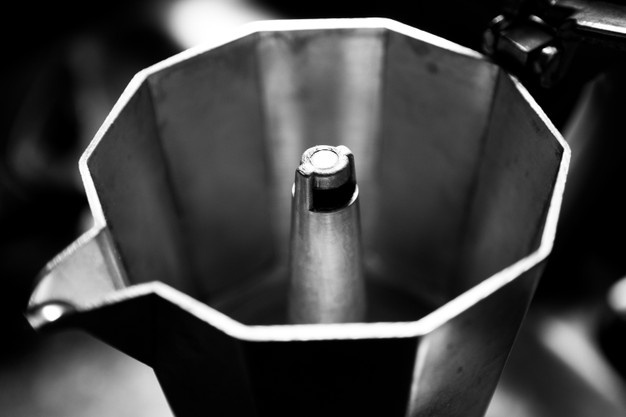
The coffee water: Do not use tap water!
Avoiding tap water is essential to prevent limescale buildup. With the right water, you can truly extract the flavors hidden in the coffee.
Bottled mineral water or water from a filtering pitcher is already a better option. Still, to be true professionals and get the most out of our coffee, we should use clean water with the appropriate chemical composition recommended for coffee preparation.
Weigh it!
‘Just another half spoonful,’ says the amateur. A real pro weighs everything: both the water and the coffee.
Even a 0.5oz difference in water in coffee preparation can result in an entirely different-tasting beverage. Strive always to use exactly the same amount of coffee and water; this is how we can improve and adjust the recipe, ultimately creating a finer beverage.
Grind it!
Using the right grind size of coffee is essential with every tool. Generally, the shorter the coffee’s contact with water, the finer the grind needed. As the extraction time lengthens, a coarser particle size is necessary.
If possible, grind fresh whole beans: stovetop coffee requires a medium grind, likely matching with pre-ground coffee on store shelves.
Or don’t grind?
If you use ground coffee that is too fine for a given tool, you end up with bitter, dense, overly strong coffee. And in some cases, the water vapor can’t even break through the overly fine grind. Thus, you will burn your coffee!
On the other hand, with a too-coarse grind, water seeps through the particles too quickly. The resulting coffee-like beverage will be watery, weak in flavor, technically speaking, lacking body.
Let’s try to use as fresh grind as possible just before coffee-making! However, with proper storage, a good particle-sized pre-ground coffee is still better than freshly grinding it but to an improper, uneven particle size.
How to use a Moka Pot to brew delicious coffee?
First, let’s gather the necessary tools: a clean pour-over, water, a scale, and coffee.
- If you’re in the mood for a robust, characterful coffee, opt for a darker roast;
- but if you’re craving a fruity, acidic flavor profile, then a light roast is the right choice for you.
1. Boiling
Place the pot on the scale and fill it with water, up to the level of the safety valve at the side. The valve should be fully visible and not covered by water. Next, put the pot on the stove and bring the water inside to a boil. Alternatively, you can pour pre-boiled water into the pot.
‘But I’ve always used cold water!’
Boiling the water is necessary because if you assemble the device with cold water, the temperature of the water in the pot won’t reach the required level as it presses through the coffee grounds into the upper chamber. This results in an underdeveloped (under-extracted), flavor-poor coffee.
The aforementioned next-gen Bialetti Brikka varies from the traditional method in that you don’t need to pre-boil the water in the pot. Instead, you assemble it with cold water and start the brewing process.
Hint: Take notes!
Using a scale or measuring cup is crucial because if your finished beverage feels a bit watery, you can adjust this by slightly reducing the water in the future. And if a particular brew is tasty, you can easily replicate it.
2. Coffee Dosing
While setting the water to boil, fill the filter basket with your favorite coffee.
‘I’m just making a half dose for now…’
You can’t make just a half dose; that’s why they invented the 1-2-3-4 person Moka Pots. If you don’t fill the filter, the hot water can rest on top of the grounds, making coffee scorching and resulting in a bitter, unpleasant-tasting beverage.
‘If the filter basket is always full, how do I change the coffee quantity?’
If possible, use a scale here to consistently use the same amount of coffee for preparation.
‘I’ll press it tamper it so more coffee will fit in it.’
It is FORBIDDEN to tamp down the grounds. Let the filter be comfortably full, but do not press or tap it down. This mistake also leads to scorching your coffee…
3. Assembly
Once the water in the pot has boiled, remove it from the stove using a kitchen towel or oven mitt. Place the filter basket in it and screw on the top part, then return it to the stove set to medium heat.
4. Remove from heat on time!
Since you have pre-boiled the water in the pot, your drink will be ready sooner.
Therefore, don’t leave the device unattended: as soon as the typical bubbling sound starts, take it off the stove immediately and pour it into your favorite coffee cup.
Leaving the device on the stove after the flow-through can also spoil the perfectly brewed coffee. It is because it temporarily forces burnt coffee water back through, which can ruin the entire beverage.
Hint: Warm up the cup with hot water before consumption. A cold glass/mug can significantly cool down the drink, affecting the result.
5. Cleaning!
It’s essential for cleaning to be the 5th step of your coffee-making process, not the first step of your next brewing. Don’t wait until the coffee dries and sticks!
6. Consumption
Have your coffee as you prefer. Add milk, sugar, and other flavors according to your taste.
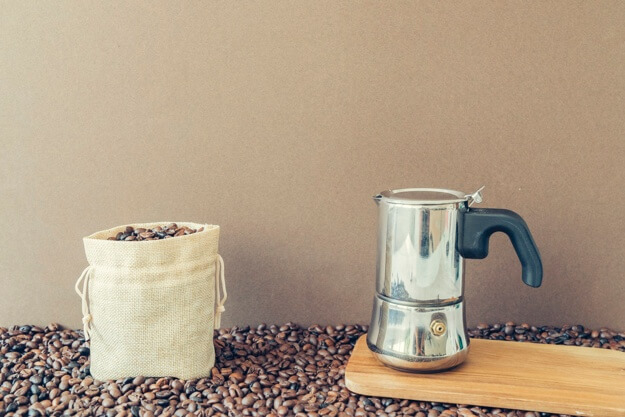
The Moka Pot is a great espresso alternative
Do Moka Pots make espresso?
Moka pots do not make true espresso in the traditional sense. While they produce a strong and concentrated coffee, the pressure and brewing process in a moka pot differs significantly from that of an espresso machine.
Moka Pot vs. espresso machine
Espresso is typically brewed under high pressure (around 9 bars or more) using finely ground coffee, resulting in a small amount of concentrated coffee with a specific crema on top.
On the other hand, Moka Pots use steam pressure generated by boiling water in the lower chamber to push water through the coffee grounds in the filter basket. This process doesn’t achieve the same pressure levels or extraction dynamics as an espresso machine.
Moka Pots can produce stronger and more concentrated coffee compared to hand drip coffee. However, it doesn’t have true espresso’s crema and flavor.
It’s essential to note that the resulting coffee from a moka pot is commonly called “stovetop espresso” or “moka coffee”. Still it’s not the same as the espresso you can get from a dedicated espresso machine.
The best stovetop coffee maker at home
I think the best stovetop coffee maker is the Bialetti Moka Express.
Can You Use a Moka Pot on Induction?
You can use Bialetti Moka Pots on induction, but many Moka Pots are incompatible with it. It’s because most of the Moka Pots are made of aluminum, which is not magnetic.
If you buy a cheaper version of Moka Pot, it’s almost certain that it won’t be compatible with induction.
But in this case, you can purchase a stainless steel adapter to help you with brewing! Simply put it on the induction first, then move the Moka Pot in it.
Are Moka Pots still worth buying?
Definitely! Moka Pot is my second favorite coffee maker after Hario V60. If I want to drink a charismatic coffee, I’d choose Moka Pot. I like it better than a traditional espresso.
It has its advantages and disadvantages, I’ve listed them so you can make your decision whether to buy a stovetop coffee maker or not:
| Advantages | Disadvantages |
| Produces Strong Coffee | Not True Espresso |
| Affordable | Learning Curve |
| Compact and Portable | Limited Capacity |
| Simple to Use | Inconsistent Extraction |
| No Electricity Needed | No Crema |
| Traditional Brewing Experience | Requires Stovetop |
| Low Maintenance | Quality Variability |


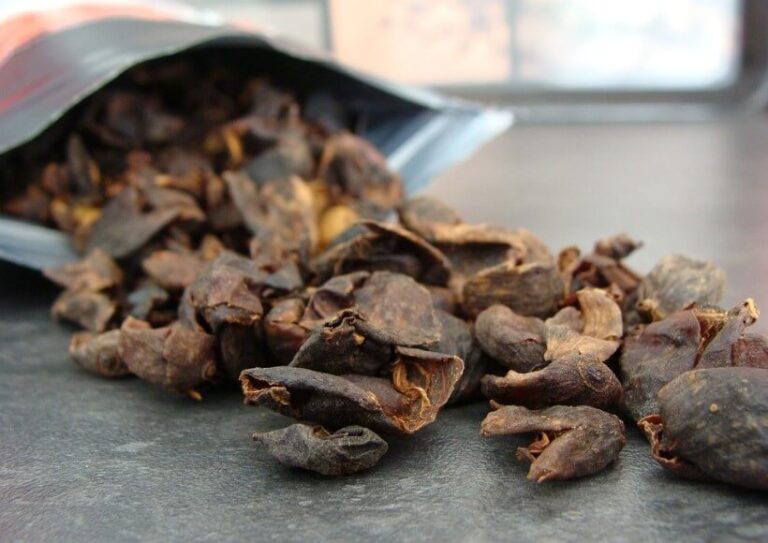
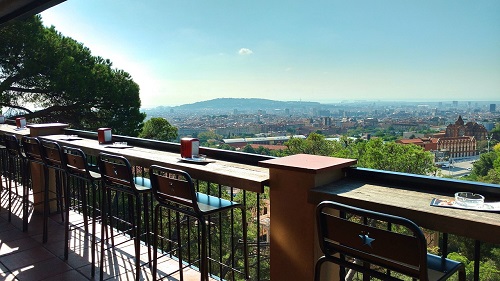
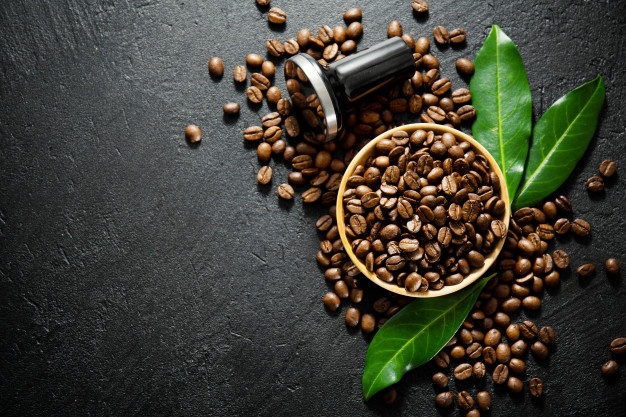
Leave a Reply